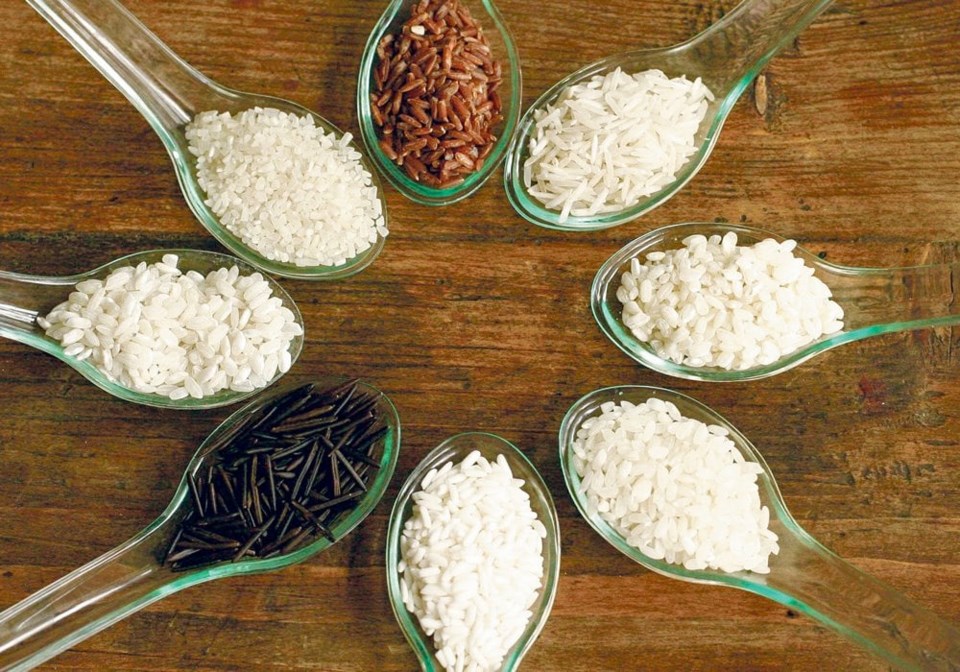More than 50 percent of the food calories eaten daily by the world’s 7.9 billion people come directly from grains. In impoverished nations, that percentage is 60 percent and in the poorest, it tops 80 percent.
The three most important grains, in order of production, are corn, wheat, and rice. All are critical elements in global food security but all are not equal. Corn and wheat each serve both as a food grain for people and a feedgrain for animals. Rice, however, is the world’s most widespread, most critical food grain.
“More than 3.5 billion people get 20 percent or more of their calories from the fluffy grains,” reported Science News in September 2021. And both those numbers are “increasing in Asia, Latin America and especially Africa.”
As human pressure on rice ratchets up, humans are also ratcheting up assorted problems growing it, reports the May 20 New York Times. In fact, “Rice is in trouble as the earth heats up, threatening the food and livelihood of billions of people.”
Today’s rapid climate change, notes the Times, is creating never-before-seen problems that will require never-before-seen solutions.
“Sometimes there’s not enough rain when the seedlings need water, or too much when the plants need to keep their heads above water,” the story explains.
It’s happening now. A study in “China… found that extreme rainfall reduced rice yields over the past 20 years. India limited rice exports… (to ensure) enough to feed its own people. In Pakistan, heat and floods destroyed harvests, while in California… drought led many farmers to fallow their fields.”
The May 2023 rice outlook, the most recent United States Department of Agriculture report examining the U.S. and world rice markets, reversed dire forecasts of last winter. USDA now foresees a spike in U.S. and global rice production this year, “mostly due to expanded plantings” fuelled by earlier, higher price forecasts.
Still, U.S. rice imports “are projected at a near-record 39 million (hundredweight).” This is mostly because last year’s carryover was 31 percent lower.
At the same time, U.S. exports of rice will “increase 21 percent to 74 million (cwt).” The combined “domestic and residual use,” in the coming year is “projected at a record 154 million cwt., up almost eight percent from a year earlier.”
While that’s good news for rice-loving Americans, the 2023-24 season-average farm price for long-grain rice paid to American farmers “is projected to drop 11 percent to US$15 per cwt.”
The unforeseen production increase here, says USDA, will boost global rice production two percent, to a record 520.5 million tons. But that now-rosier, 2023 forecast cannot mask a years-long decline in global stocks, reckons USDA; world stocks are slated to drop “for the third consecutive year.”
The biggest cause for the growing shortfall is extreme weather, notes the Times. But weather isn’t the only problem. The very solutions pushed by Big Ag for 50 years, such as high-yielding hybrid seeds and chemical fertilizers, are now delivering new, more intractable woes.
“Today, that very system… has created new problems… (like) depleted aquifers, driven up fertilizer use, reduced the diversity of rice breeds that are planted, and polluted the air with the smoke of burning rice stubble.”
In short, the “rhythm of sunshine and rain that rice depends on” has been upended.
Solutions, if found, will take years to implement. Researchers like Argelia Lorence, an Arkansas State University plant biochemist, says rice itself holds the genetic key, to “enable rice plants to survive hot nights, one of the most acute hazards of climate change.”
Hopefully.
In the meantime, rice is today’s singing canary to warn farmers and governments that climate change is real and carries real consequences.
And not just about how we’ll grow tomorrow’s food, but who may get to eat what we grow.
Alan Guebert is an agricultural commentator from Illinois.



